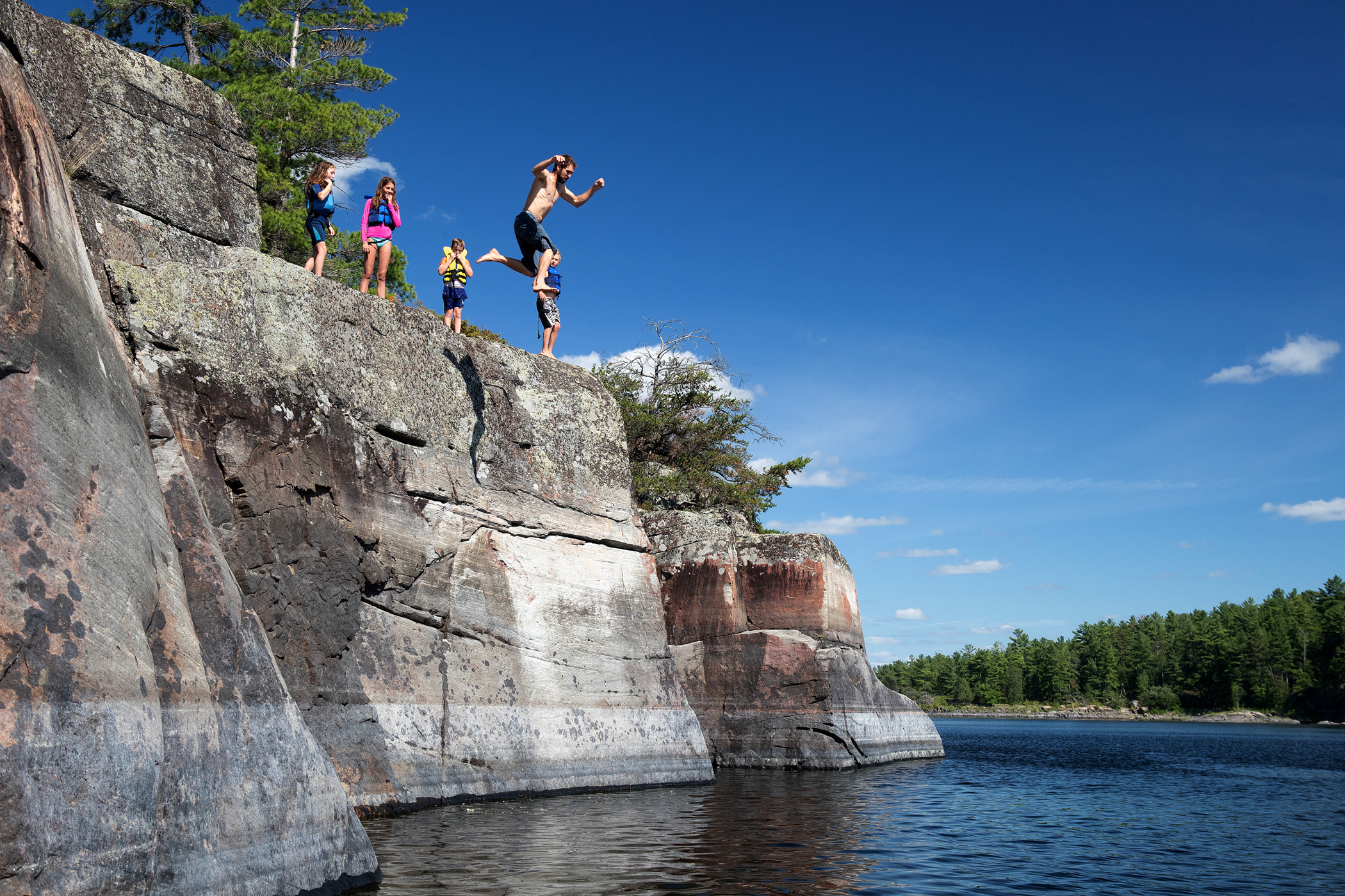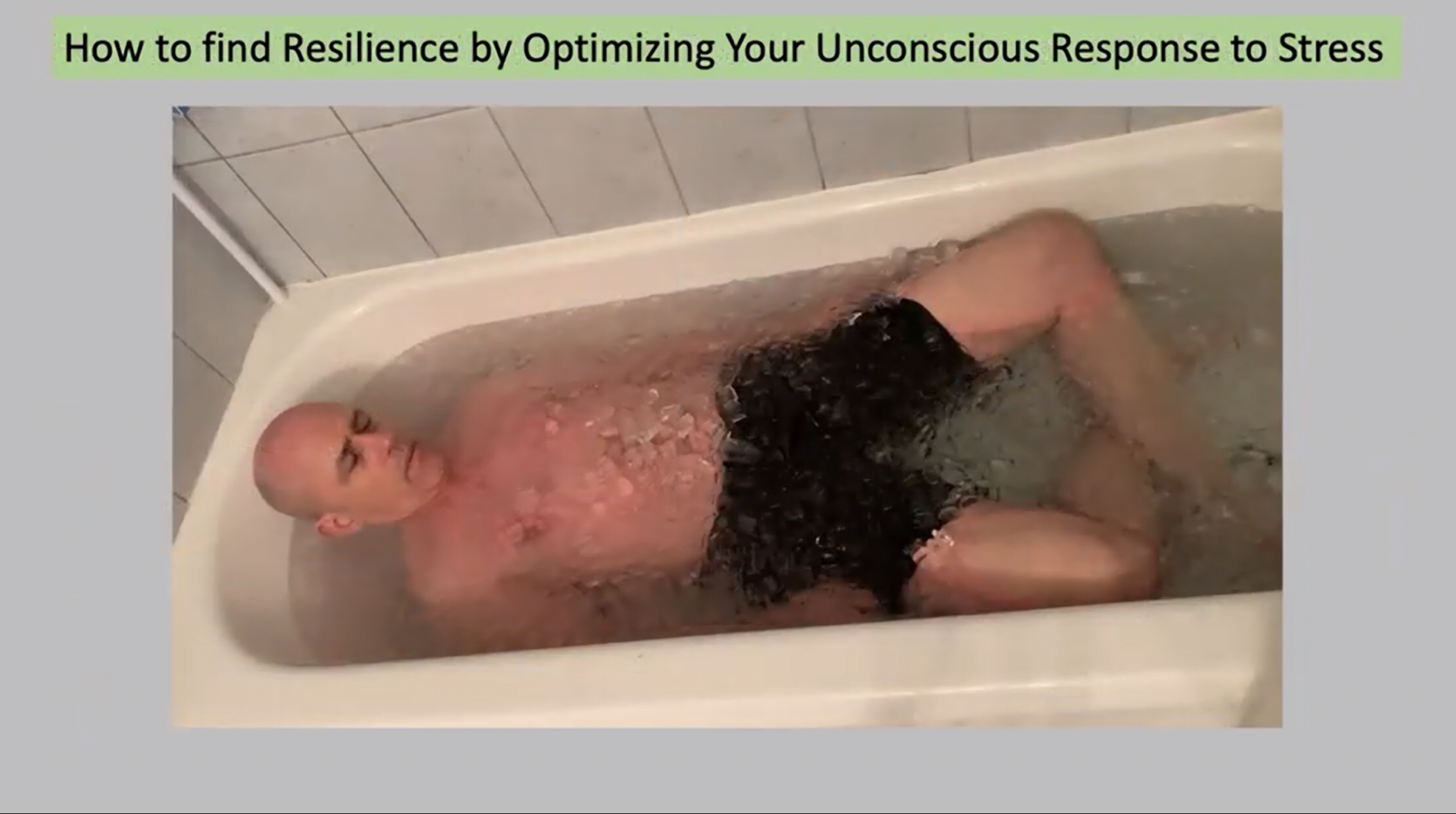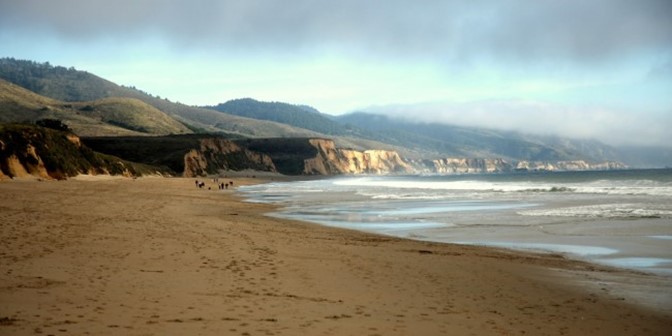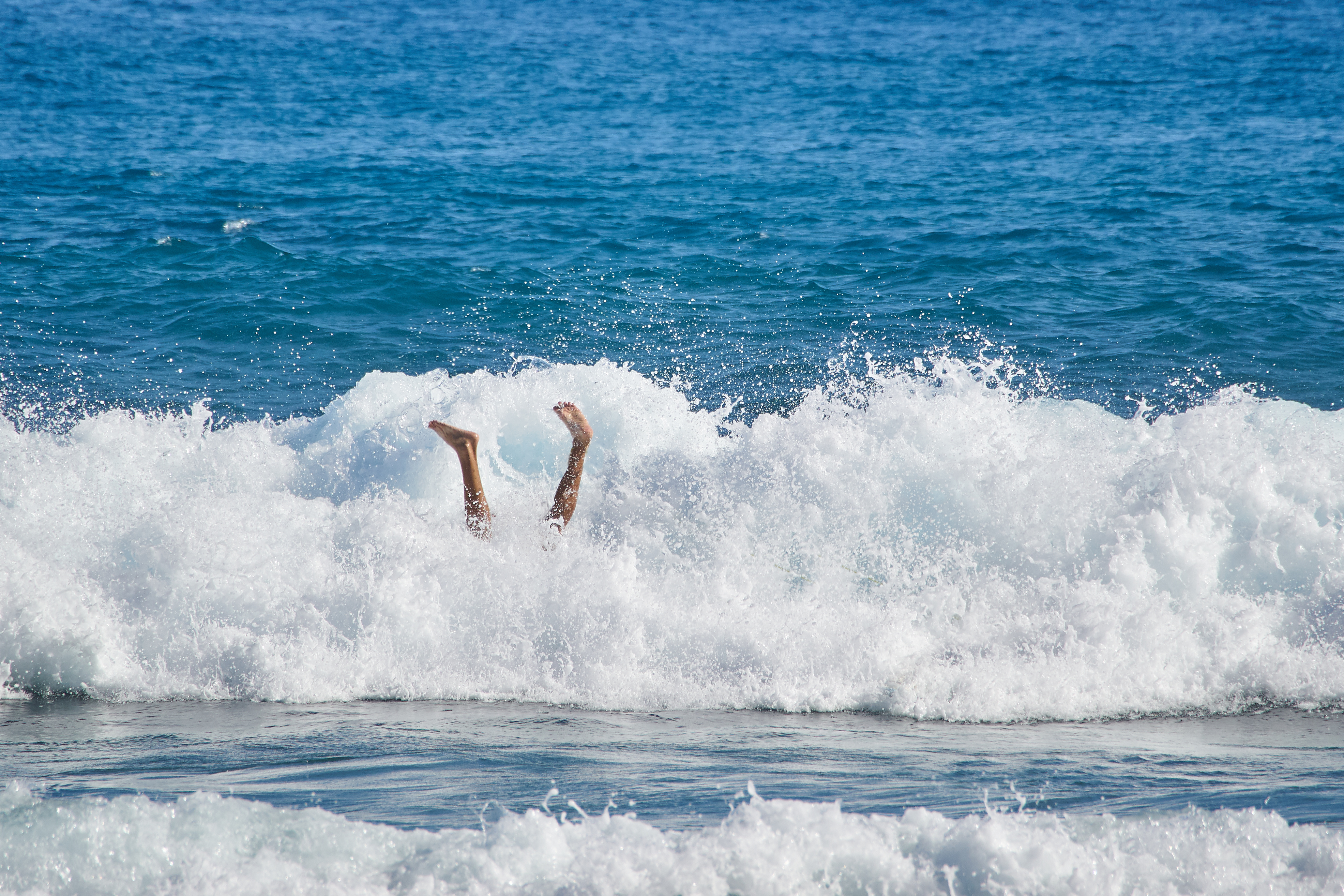Therapeutic Play in Nature, a Vagus Nerve Exercise
(The video provides a brief overview; read the article below for a more in-depth understanding.)
If you’re suffering from chronic illness, you’re most likely overwhelmed by everything you think you should do to get better. There’s an endless list of tasks: diets, exercise, meditation, movement, therapies, journaling, etc. Do I need to keep going because you’ve probably heard this list of recommendations before? Of course, I advocate for all those things because I do them myself. But sometimes, doing these things feels like another chore, another pressure. Now imagine if your self-care could feel like a gift instead, something that you look forward to, nurturing and fun. What I’m talking about is what I call therapeutic play. This form of play can be helpful for both children and adults.
What is Therapeutic Play?
Typically, therapeutic play involves activities that help the individual work out unresolved emotional issues that are hard to express verbally. For children, it’s often the case that they don’t have the skills to say what they are feeling about an unresolved experience(s). For adults, it can be similar. Additionally, people with chronic stress often don’t find talking about their feelings helpful. Instead, they benefit from therapies focusing on being mindful of their body sensations in a safe environment. For example, mindful yoga is an excellent practice that helps process stress through breath and movement. Typically, therapeutic play is practiced under the supervision of a trained therapist. Still, in this case, I’m encouraging practices you can do on your own that have a similar effect.

Playing in nature has many health benefits
One of the best ways to play is in nature. The Japanese have a practice called Forest Bathing (Shinrin-yoku). Essentially, Forest Bathing is spending time mindfully in nature. It has become a vital part of preventative healthcare in Japan. Japanese studies have shown many benefits from forest bathing, including improved ability to focus, sleep quality, mood, and reduced stress levels. Spending time in nature, away from modern computer screens, city noise, and responsibilities can improve your physical and mental health. Doctors in Japan prescribed forest bathing for people suffering from the harmful effects of chronic stress.
I’ll give you an example of what mindful play in nature looks like, from my own experience. When I was a child, I grew up in rural southern Oregon; my brother and I had no television and very few toys. What we had was lots of friends and lots of nature. So we got creative, climb trees, ran after critters, and swam in the river. During the summer, it’s sweltering, commonly 100 degrees plus, for two to three months. So you can imagine how motivated we were to swim in the river. We’d gather our friends and walk there, only about a mile from the farm. Sometimes there were adults, and sometimes, there weren’t. Daily, we would hurry to the river in anticipation of relief from the heat.

Playing in nature is not about comfort; it’s about challenging your capacities in the right environment at the right level
But here’s what that play looked like: we didn’t just go swimming. We wanted to get into the water in a more challenging and enjoyable way. Therefore, we would find the highest point on some rock formation or a fallen log and jump in the river. And, of course, the older kids who were braver would go first, and then the younger kids would try to keep up with them. So here are the elements: First, the rocks you’re climbing are sharp and hot. The stones are burning and poking your feet and hands as you try to get solid footing. As you climb higher, it’s scary, and then the prize for getting on top of the rock is looking down at this river, and you’re thinking, “oh my god, this is high.” You have this knot in your stomach, and your head is spinning as you think to yourself, “I don’t know about this!” And all the other kids yell, “come on, you can do it!” Then you overcome that fear and jump, and of course, on the way down, your stomach’s in your throat because falling is quite unnerving.
You hit the cold water, there’s a shock to your body, and the water goes up your nose. Then, you come out of the water, sputtering and coughing, and it’s the most fun you’ve ever had! Isn’t this interesting? Does this sound like fun? Well, on the surface, maybe it doesn’t. But the experience in your body and spirit is of being uplifted and expanded. And why is that? Well, it’s because you’re challenging your capacities in the right environment at the right level. This kind of challenge is often beneficial for overcoming chronic health challenges.
Play can expand our ability to break free from chronic stress
Now technically speaking, this form of play matches clinical recommendations for expanding one’s capacity to process chronic stress.
So here are the elements that make this play so helpful.
1. It’s challenging and uncomfortable. These are essential factors. It’s challenging in many ways. You’re burning your hands and feet. Plus, the rocks are sharp, you have to balance, and it’s scary.
2. You push through your fear. At the top, you’re intimidated by the height, but you jump anyway.
3. Your body adapts to the change in temperature. First with the hot weather and then when you hit the cold water. In both cases, your body must adjust your physiology.
What you get from overcoming a challenge like this is a huge dopamine hit, which changes your physiology for the better. Additionally, every time you challenge your body to adjust to the temperature changes, your body will be more able to process stress. The physiological effect of this form of success is feeling you’re someone with strength and capacity. Suddenly, there is more to you than you initially thought.
Imagine being able to play your way out of a stress-related illness

I can swim in water considered too cold to swim in without a wet suit. The water is between 50 and 60 degrees, depending on the time of year. Now I can play as I used to as a child in nature, which means going into the surf. The surf pounds at me, and it’s hard to stand up, plus the water is cold. And that same feeling of expansion from being challenged hits my system, and I get that same dopamine hit. This practice has helped my chronic conditions tremendously. It’s one of my favorite things to do to de-stress. And recently, I had a fantastic experience due to my expanded capacity to swim in cold ocean water.
Encounters in the natural world can lift your spirits!

When it first spotted me, I was about 100 feet away. It looked in my direction and paused. It had the head tilt that signifies curiosity in mammals. And then it kept coming closer; it would dive underwater and pop up nearer each time. I suspect that what happened is that the harbor seal was curious because it didn’t know what I was. I don’t have any hair and was wearing reflective swimming goggles with an orange tint, so I looked a bit like an alien. Eventually, it pops up about 10 feet from me. And I am utterly thrilled. I’ve never seen a Harbor Seal this close before. And then I had this inclination to say hello. So I put my hand up and said hi. The seal responded with a surprised look and swam away, and I didn’t see it again. I suspect that what happened was that the Harbor Seal didn’t know I was human. And once it heard my voice, it realized that I wasn’t a sea creature, and it took off. Coming face to face with this curious Harbor Seal is an experience I will never forget. And it made me laugh; the encounter was so amusing!

I play at outrunning the surf and get pounded!
Here’s another example of playing in the ocean: I was at another beach, one that gets steep where the beach meets the waves. The steepness creates a challenge for getting in and out of the surf. There is an undertow, and the waves crash at a steep angle. I managed to get beyond the surf, swam a little bit, and realized that getting back to the beach would be tricky. It was hard because the forces of the water came from both directions. I was being pushed toward the beach by the waves and pulled toward the ocean from the undertow. I was trying to time it so I was on the sand before the next wave crashed. I hit the sand at a run with the undertow pulling at me and slowing my progress. Then a big wave comes from behind me and completely flattens me. And here I am sputtering, and the sand goes up my shorts. And I’m laughing because it was hilarious. I had this challenge and didn’t make it, but there was no harm, right? And again, this experience was me being more like a child in nature than an adult worried about my responsibilities.

I love these activities because I forget my troubles in the intense cold. I’m just in the moment, trying to navigate a physical experience in nature. It is unbelievably uplifting and feels like a gift rather than a chore. Your challenge is to think of how you can play in nature. I understand you might not have the natural resources I have at hand. But remember that the essential elements are simple. Do something in nature that feels playful and push your capacity/discomfort, but not too much.
If you want to challenge yourself temperature-wise, do it a little at a time. You don’t have to dive into an ice bath as I do unless you’re interested in exploring that practice. Try wearing fewer layers of clothing and consider increasing the physical challenge. For example, consider climbing something or hiking higher or longer than usual. You’ll also want to include a little bit of fear.
In other words, stretch your capacity a bit. Again, you may hear the little voice in your head say, “oh, I don’t know if I can make it to the hill top,” but this time, you’re going to push a little harder and find your growing edge.
But the most critical element is that the challenge feels playful, like a gift. When you voluntarily face challenges that stretch your capacity, it will help bring your nervous system back to a place of healing. Also, you can feel like your whole life isn’t just a list of chores, including your self-care. So give it a try and please comment below and let me know what you discover.
